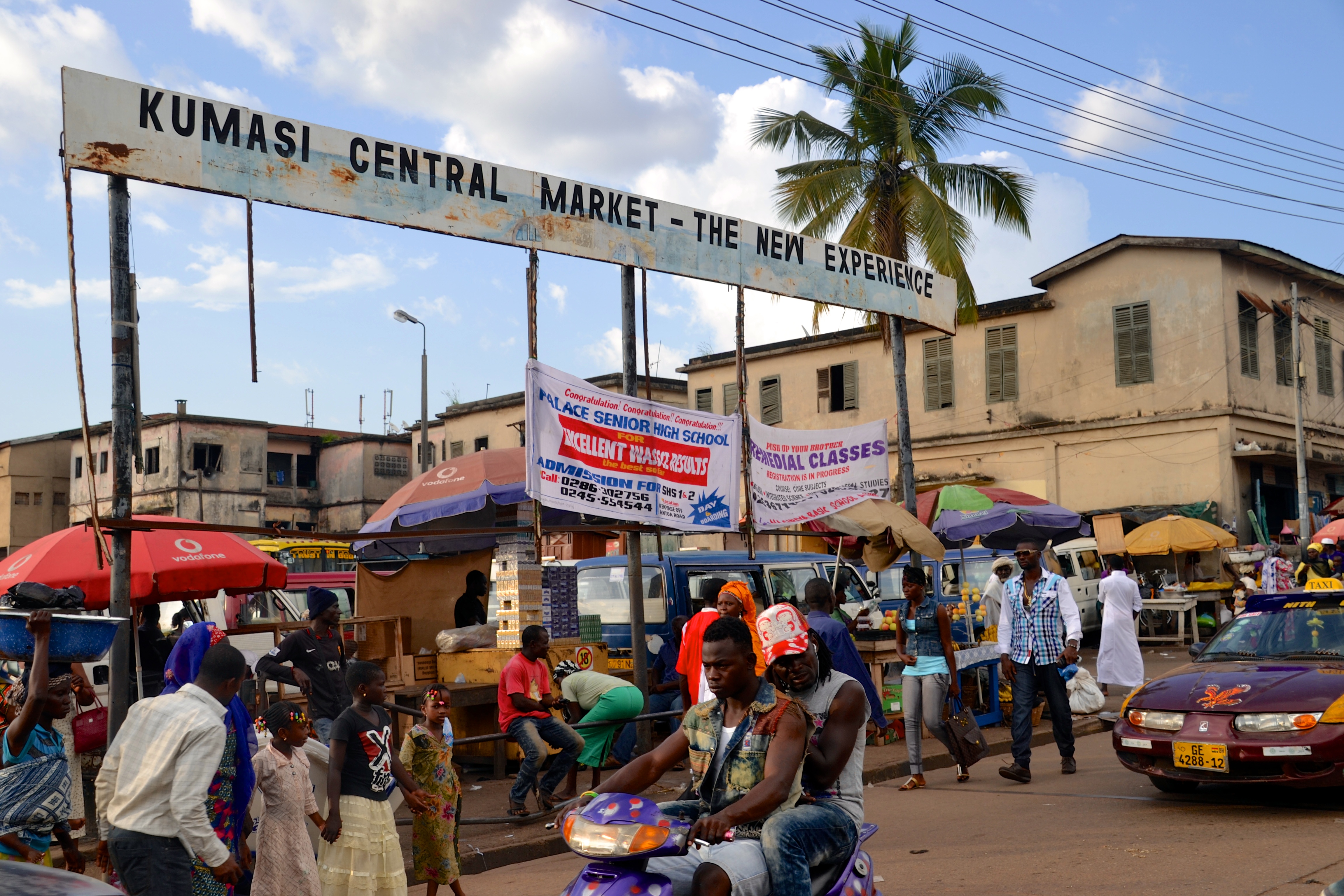Kumasi's Cultural Markets: A Guide To Local Crafts And Foods
Share

Kumasi, the vibrant heart of Ashanti Region in Ghana, is renowned for its rich cultural heritage and bustling markets. If you’re looking for an authentic experience that showcases local crafts and tantalizing foods, Kumasi’s cultural markets are a must-visit. This guide will take you through the key attractions, the best time to visit, and what to expect when you step into these lively spaces.
Key Attractions in Kumasi's Markets
1. Kejetia Market
Kejetia Market is one of the largest open-air markets in West Africa, bustling with energy and life. Here, you can find everything from textiles and beads to traditional medicines and local spices. The market is a sensory overload, with vibrant colors, enticing aromas, and the sounds of bargaining filling the air.
What to Buy:
- Kente Cloth: This traditional Ghanaian textile is a must-have. Each pattern tells a story and is often used for special occasions.
- Beads: Locally crafted beads are popular for jewelry and can be found in various colors and designs.
2. Adum Market

Adum Market is another bustling hub where locals shop for fresh produce, meats, and household goods. This market is particularly known for its food stalls, offering a taste of authentic Ghanaian cuisine.
What to Taste:
- Fufu and Light Soup: A staple dish made from cassava and plantains, often served with a spicy soup.
- Jollof Rice: A beloved West African dish, Jollof rice is a must-try, often served with chicken or fish.
3. Okomfo Anokye Market
This market is named after the legendary priest Okomfo Anokye, who is said to have planted the famous Okomfo Anokye sword. Here, you can find a variety of local crafts, including wood carvings, pottery, and traditional Ashanti artifacts.
Unique Finds:
- Wood Carvings: Intricate sculptures that reflect the rich culture of the Ashanti people.
- Pottery: Handcrafted pots and dishes that are both functional and decorative.
Best Time to Visit Kumasi
The best time to visit Kumasi is during the dry season, which runs from November to March. During these months, the weather is pleasant, with temperatures ranging from 25°C to 30°C (77°F to 86°F). This is ideal for wandering through the markets without the discomfort of rain.
Weather Information
- November to March: Dry season, warm and sunny.
- April to October: Rainy season, with heavy downpours and humidity.
Tips for Navigating the Markets
1. Bargaining is Key
When shopping in Kumasi's markets, be prepared to haggle. Bargaining is a common practice, and you can often get a better price if you negotiate.
2. Stay Hydrated
The markets can get hot and crowded, so it’s essential to stay hydrated. Carry a bottle of water with you as you explore.
3. Respect Local Customs
When taking photos, always ask for permission, especially when photographing people. Respecting local customs will enhance your experience and interactions.
Local Foods to Try
1. Banku and Tilapia
A traditional dish made from fermented corn and cassava dough, served with grilled tilapia and spicy pepper sauce.
2. Chinchinga (Kebabs)
These spicy meat kebabs are a popular street food, often enjoyed as a snack while exploring the markets.
3. Bofrot (Ghanaian Doughnuts)
These sweet, fried doughnuts are a delightful treat, perfect for satisfying your sweet tooth after a day of shopping.
Cultural Significance of the Markets
Kumasi's markets are not just places to shop; they are cultural hubs where traditions are preserved and passed down through generations. The artisans and vendors you meet often have fascinating stories about their crafts and the history behind them.
Getting There
Kumasi is easily accessible by road and air. The Kumasi International Airport connects the city to major destinations in Ghana and beyond. If you’re traveling from Accra, a bus or car ride will take approximately 4-5 hours.
Booking Flights and Hotels
For a seamless travel experience, consider booking your flights and accommodations in advance. Check out these links for options:
- Hotels & Flights: Book Here
- Transfers: Book Transfers
Conclusion
Kumasi's cultural markets offer a vibrant tapestry of local crafts and foods that reflect the rich heritage of the Ashanti people. Whether you're hunting for unique souvenirs, indulging in delicious local dishes, or simply soaking in the lively atmosphere, these markets promise an unforgettable experience. So pack your bags, grab your camera, and get ready to immerse yourself in the colorful world of Kumasi!




